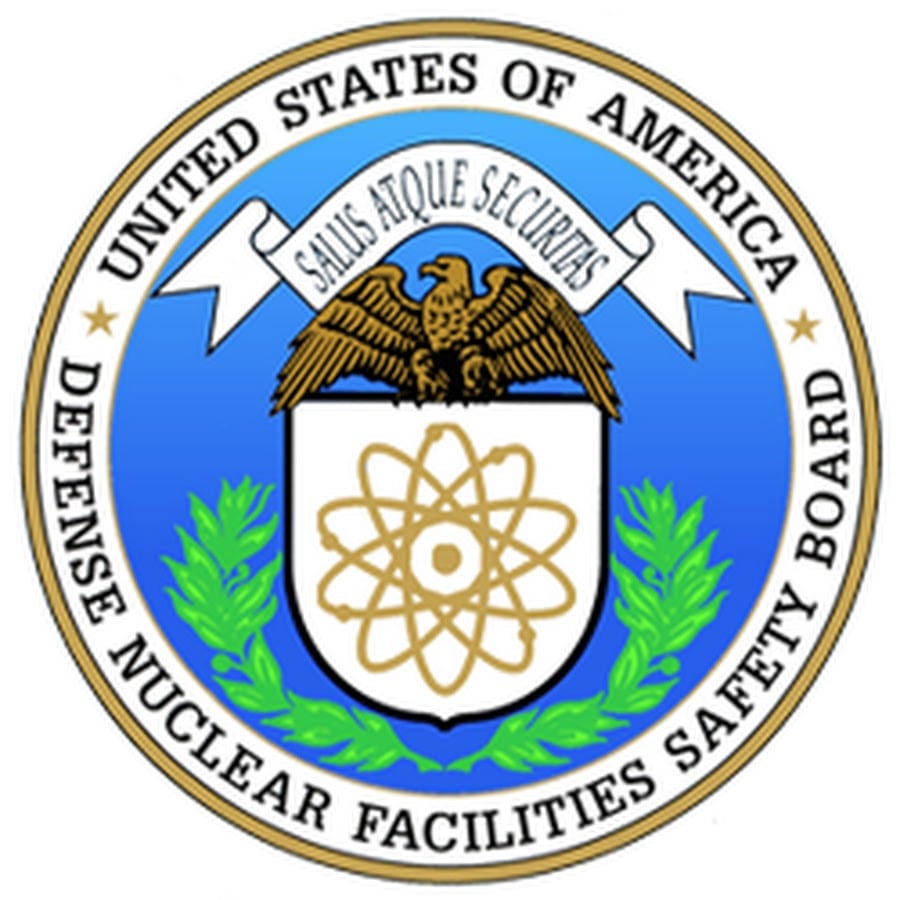
Weapons Complex Monitor Vol. 30 No. 36
Visit Archives | Return to Issue PDF
Visit Archives | Return to Issue PDF
Weapons Complex Monitor
Article 1 of 10
September 20, 2019
Senate Appropriations Measure Puts DNFSB Reorganization on Hold

For the second consecutive year, the Senate appears ready to block any large reorganization of the Defense Nuclear Facilities Safety Board (DNFSB).
The Senate Appropriations Committee on Sept. 12 advanced legislation that would prohibit the proposed changes at…
Partner Content